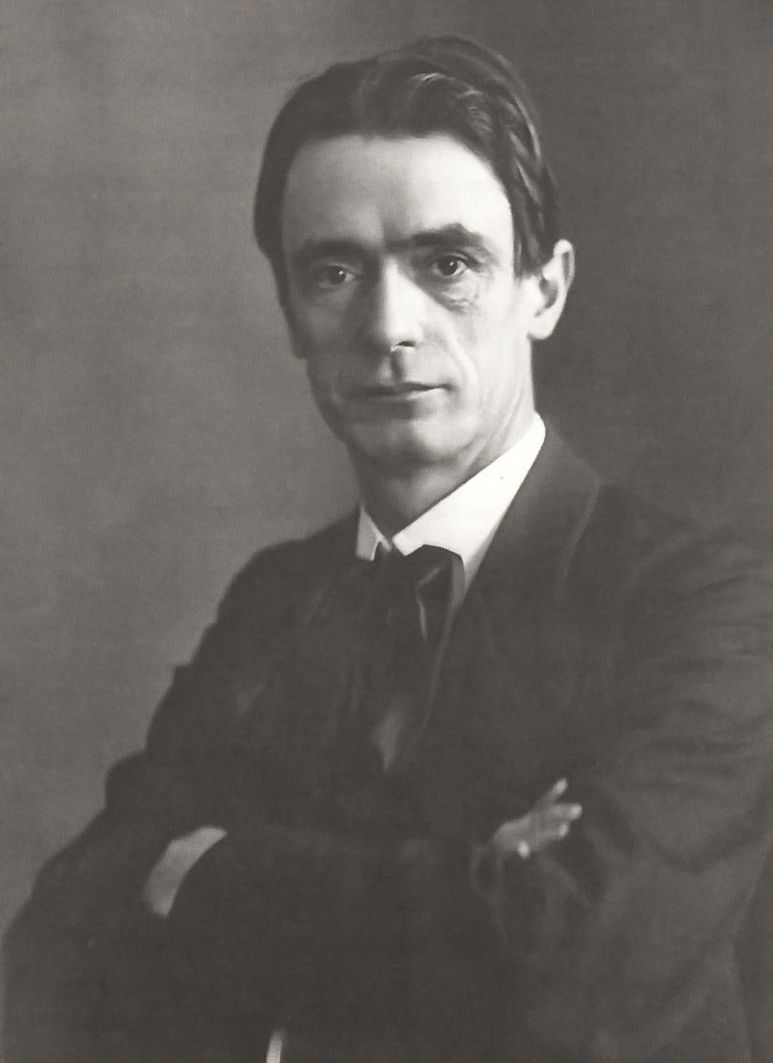EL PAIS: The Sonoran toad, the new Mesoamerican sacred psychedelic?
- MAYAN TRAVEL MAGAZINE
- May 15, 2022
- 3 min read
El uso ritual de este potente enteógeno quedó sepultado tras la colonización y ha emergido en años recientes con fines terapéuticos

The entrance to the most sacred precinct of Tenochtitlan, the majestic capital of the Mexica empire, is flanked by two smiling frogs sculpted in basalt. Another stone toad, plump, more than a meter tall, appears lying between a temazcal and the ball game court at an Olmec site on the Veracruz coast. The frieze of the Four Kings, in a Mayan temple in Campeche, has as its central image a monstrous and gigantic figure with the base of a toad sitting on two legs, on which snakes, arms and human heads are superimposed. Is it always the same animal? Is there any common meaning among the great Mesoamerican cultures? All these representations of frogs would be connected and refer to a specific species: the Bufo alvarius, an endemic toad from the Sonoran desert whose venom has powerful hallucinogenic effects. This is the thesis of Octavio Rettig, a surgeon from Jalisco who since 2011 has been working on its therapeutic use for addiction cases and who has carried out an independent investigation, together with the Mexican-American scientist Leonardo Bondani, captured in the documentary OTAC & The Ancient Sacred Medicine Ceremony. The Bufo alvarius, or Colorado River toad, one of the 400 species of Mexican frogs, stores a secretion in glands behind its head that, dehydrated and then smoked, contains an explosive cocktail of psychoactive alkaloids, especially 5- MeO-DMT. A molecule, present in low doses in the human brain itself, which, when circulating through the serotonin receptors, causes brief but very acute states of alteration or abduction of consciousness.
“Today we only have remnants of this tradition, because colonization wiped out its practice, but it must have been very important to ancient humans. It is the most important source of tryptamines in the chain of experiences with entheogens of pre-Hispanic peoples”, Rettig points out in the film. Under this premise, his research traces the hypothetical ritual use of this substance in the main Mesoamerican cultures in artistic representations and archaeological remains. In El Cuajilote, the Veracruz religious site attributed to the Olmecs −considered the mother culture of the northern and central highlands−, the precise placement of the stone toad makes INAH archaeologist and researcher Jaime Cortez think that it could be linked to practices mystical. “As part of the ceremonial center, the space between the temazcal [a kind of steam sauna] and the ball court speaks of ritual steps of initiation or transition. The temazcal itself, which favors the inhalation of these substances, is also linked to the underworld and in a certain way is also the womb that gives birth to a new warrior”. The use of hallucinogenic psychoactives is well documented by anthropologists. The representation, for example, of Xochipilli, the Mexica deity of flowers, has the pedestal and the body decorated with plant motifs that have been identified as different varieties of mushrooms. Rettig's thesis goes further and associates some of these symbols with Bufo alvarius. Elliptical figures with diamonds inside that would correspond to the structure of the dorsal glands of the frog.
“Hoy en día solo tenemos remanentes de esta tradición, porque la colonización exterminó su práctica, pero debió haber sido muy importante para los humanos de la antigüedad. Se trata de la fuente más importante de triptaminas en la cadena de experiencias con enteógenos de los pueblos prehispánicos”, apunta Rettig en la cinta. Bajo esta premisa, su investigación rastrea en las representaciones artísticas y restos arqueológicos el hipotético uso ritual de esta sustancia en las principales culturas mesoamericanas.
En El Cuajilote, el yacimiento religioso veracruzano atribuido a los olmecas −considerada la cultura madre de la zona norte y centro del altiplano−, la colocación precisa del sapo de piedra hace pensar al arqueólogo e investigador del INAH Jaime Cortez que pudiera estar vinculado con prácticas místicas. “Como parte del centro ceremonial, el espacio entre el temascal [una especie de sauna de vapor] y el juego de pelota, hablan de pasos rituales de iniciación o de transición. El propio temascal, que favorece la inhalación de estas sustancias, está ligado además al inframundo y de cierta manera es también la matriz que da luz a un nuevo guerrero”.
El uso de psicoactivos alucinógenos está bien documentado por los antropólogos. La representación por ejemplo de Xochipilli, la deidad mexica de las flores, tiene el pedestal y el cuerpo decorado con motivos vegetales que han sido identificadas como distintas variedades de hongos. La tesis de Rettig va más allá y asocia alguno de estos símbolos al Bufo alvarius. Figuras elípticas con rombos en su interior que corresponderían a la estructura de las glándulas dorsales de la rana.





Comments